Introduction
Nestled in the scenic hills of Kyoto, Japan, Kiyomizudera Temple stands as a testament to the country’s rich cultural heritage. With its stunning architecture, serene surroundings, and deep historical significance, this temple has captivated visitors for centuries. In this article, we will explore the allure of Kiyomizudera Temple, from its origins to its current status as a must-visit tourist destination.
1. The Origins of Kiyomizudera Temple
1.1. A Brief History
Kiyomizudera Temple, also known as the “Pure Water Temple,” was founded in 778 during the early Heian period. The temple’s name is derived from the Otawa Waterfall, which cascades within its grounds. It was constructed under the patronage of Sakanoue no Tamuramaro, a renowned military general, and has since undergone several reconstructions.
1.2. A Sacred Site
According to legend, the divine waters flowing from the Otawa Waterfall are believed to possess healing properties. The location was chosen not only for its scenic beauty but also for its spiritual significance. It is said that the temple was built as an offering to Kannon, the bodhisattva of compassion, to bless the city and protect its inhabitants.
2. Architectural Marvels at Kiyomizudera Temple
2.1. Main Hall (Hondo)
The Main Hall, or Hondo, is the centerpiece of Kiyomizudera Temple. Built without the use of any nails, this wooden structure showcases the exceptional craftsmanship of ancient Japanese builders. The Hondo holds various Buddhist statues and serves as a place of worship and meditation for both monks and visitors alike.
2.2. The Stage (Kiyomizu Stage)
One of the most iconic features of Kiyomizudera Temple is its enormous wooden stage, which protrudes from the Main Hall. Offering breathtaking panoramic views of Kyoto, this stage has become synonymous with the temple. Standing 13 meters above the ground, it provides visitors with a unique perspective of the surrounding cherry blossoms in spring and vibrant foliage in autumn.
2.3. Jishu Shrine
Situated within the temple complex is Jishu Shrine, dedicated to the deity of love and matchmaking. It is a popular spot among young Japanese couples who come to seek blessings for their relationships. The shrine’s two “love stones” positioned 18 meters apart challenge visitors to walk between them blindfolded, signifying finding love without seeing.
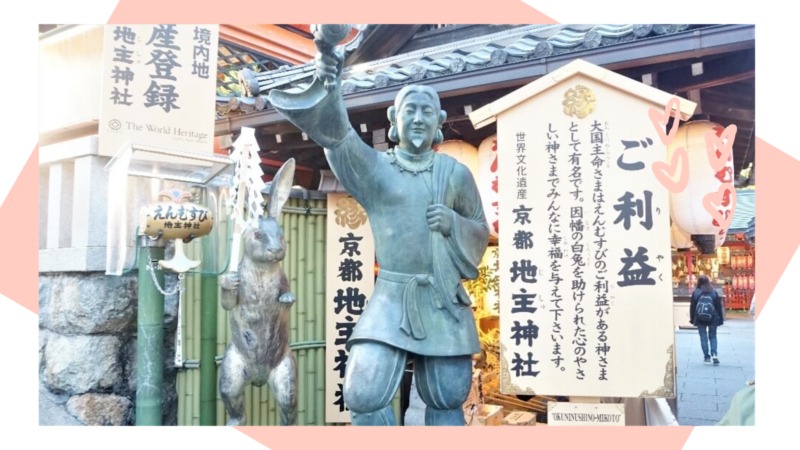
Jishu Shrine
3. Celebrations and Festivals at Kiyomizudera Temple
3.1. Hanatoro: Illuminating the Path of Kiyomizu
Every year in March, Kiyomizudera Temple comes alive during the Hanatoro festival. As night falls, the temple and its surroundings are beautifully illuminated with thousands of lanterns, creating a magical ambiance. Visitors can experience the tranquility of the temple grounds while enjoying traditional Japanese performances and savoring local delicacies.
3.2. Cherry Blossom Viewing
In spring, Kiyomizudera Temple becomes a magnet for nature enthusiasts, as the cherry blossoms blanket the surrounding hills in an ethereal, pink hue. This annual event attracts crowds who come to witness the fleeting beauty of the cherry blossoms in full bloom. It is a cherished tradition for locals and a memorable experience for visitors from around the world.
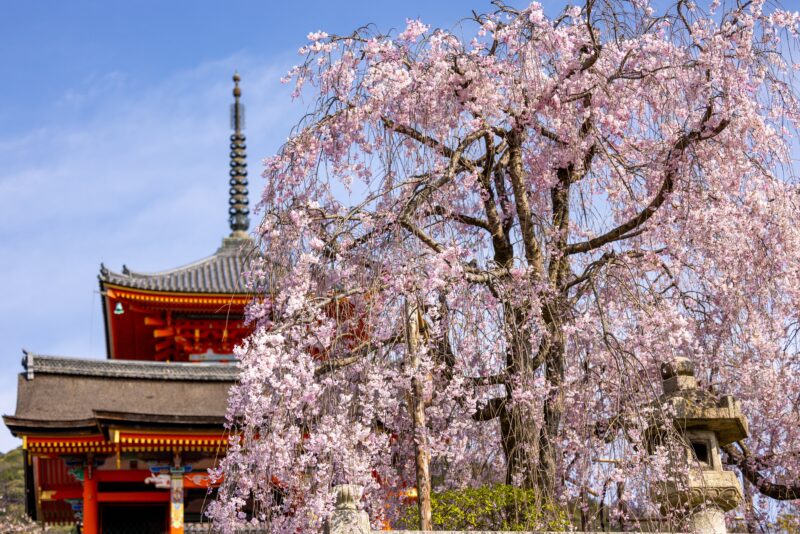
Kiyomizudera Cherry Blossom
4. Kiyomizudera Temple as a UNESCO World Heritage Site
In 1994, Kiyomizudera Temple was designated as a UNESCO World Heritage Site, acknowledging its cultural and historical significance. This prestigious recognition solidifies its status as a national treasure of Japan and elevates it to the ranks of other iconic landmarks such as the Great Wall of China and the Taj Mahal.
Conclusion
Kiyomizudera Temple is a remarkable testament to Japan’s rich cultural heritage and architectural prowess. Its awe-inspiring structures, tranquil surroundings, and enduring spiritual significance make it a must-visit destination for anyone exploring the enchanting city of Kyoto. Whether you seek a glimpse into Japanese history, breathtaking views of nature, or a moment of serenity, Kiyomizu-dera Temple offers an experience like no other.
How to get there
From Tokyo:
Shinkansen (JR Tokaido Sanyo Line): 2 hours 15 minutes. Take the NOZOMI Super Express for Shinosaka from Tokyo or Shinagawa station. Get off at Kyoto station.
By air:
From Haneda Airport: 1 hour 10 minutes.
From Narita Airport: 1 hour 30 minutes.
From Kansai International Airport or Osaka Itami Airport to Kyoto:Take a train or bus.
From Osaka (Kansai International Airport):
By train (JR West): 1 hour 20 minutes. Take the Kansai Airport Express HARUKA bound for Kyoto from Kansai International Airport. Get off at Kyoto station.
By airport limousine bus: 1 hour 30 minutes. Take any limousine bus operated by Kansai Airport Transportation Enterprise, Osaka Airport Transport, or Keihan Bus bound for Kyoto. Get off at Kyoto Station (Hachijo-guchi).
From Osaka Itami Airport:
By airport limousine bus: 1 hour. Take the Osaka Airport Transport bus bound for Kyoto. Get off at Kyoto Station (Hachijo-guchi).
Opening Hours and Entrance Fee
The Kiyomizu-dera Temple is open every day from 6:00 am to 6:00 pm, except for certain days during the summer when it is open until 6:30 pm, and during the night illumination when it is open until 9:00 pm. The admission fee for the temple is 400 yen.
FAQs
How much does it cost to go to the Kiyomizudera Temple?
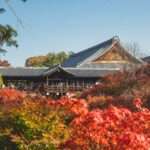
The Kiyomizu-dera Temple is open every day from 6 am to 6 pm. During the summer, the closing time is extended to 6:30 pm on certain days, and until 9 pm during the night illumination. The admission fee for entrance is 400 yen.
What is Kiyomizudera famous for?
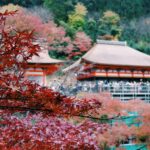
Kiyomizu-dera Temple, also known as the ‘Temple of the Pure Water Spring’, is a Buddhist temple located in Kyoto, Japan. The temple is renowned for its remarkable viewing platform, three-storey Koyasu pagoda, and the healing pure waters of the Otowa Spring
What is the best time to visit Kiyomizu-dera?
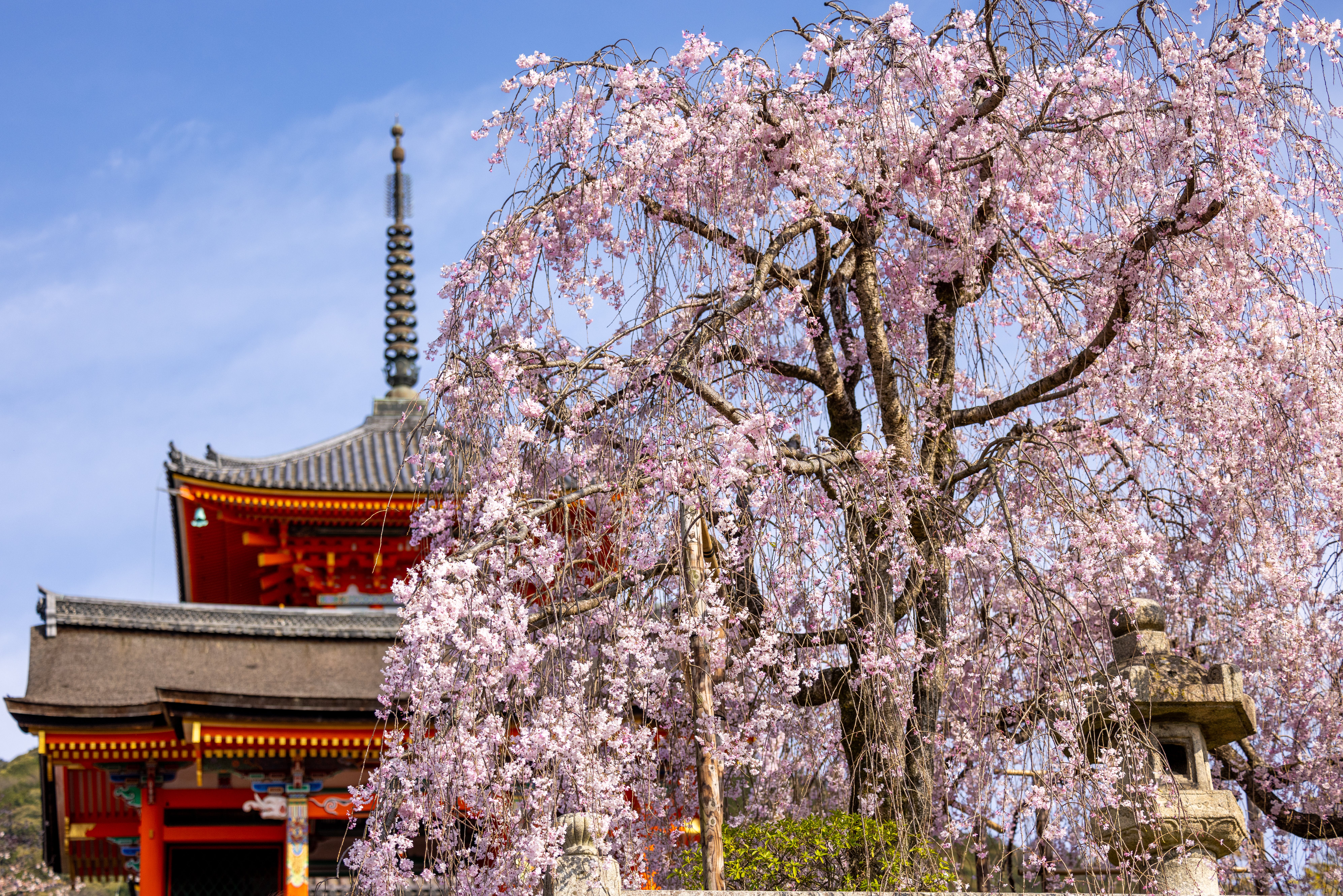
Spring Season, with its cherry blossom season, and fall, with its autumn foliage season, are ideal times to visit Kiyomizu-dera Temple. The vibrant flowers and changing foliage create picturesque and captivating backdrops for your photographs.
Can I access Kiyomizudera Temple by public transportation?
Yes, Kiyomizudera Temple is easily accessible by bus or taxi from Kyoto Station.Get off at Kyoto Station Hachijo-guchi (八条口) .
Are there any restrictions for visitors at Kiyomizudera Temple?
While visitors can explore most areas of the temple, certain sections may be restricted for preservation purposes.
Are there any souvenir shops near the temple?
Yes, there are numerous souvenir shops lining the approach to Kiyomizudera Temple, offering traditional Japanese crafts and local delicacies.



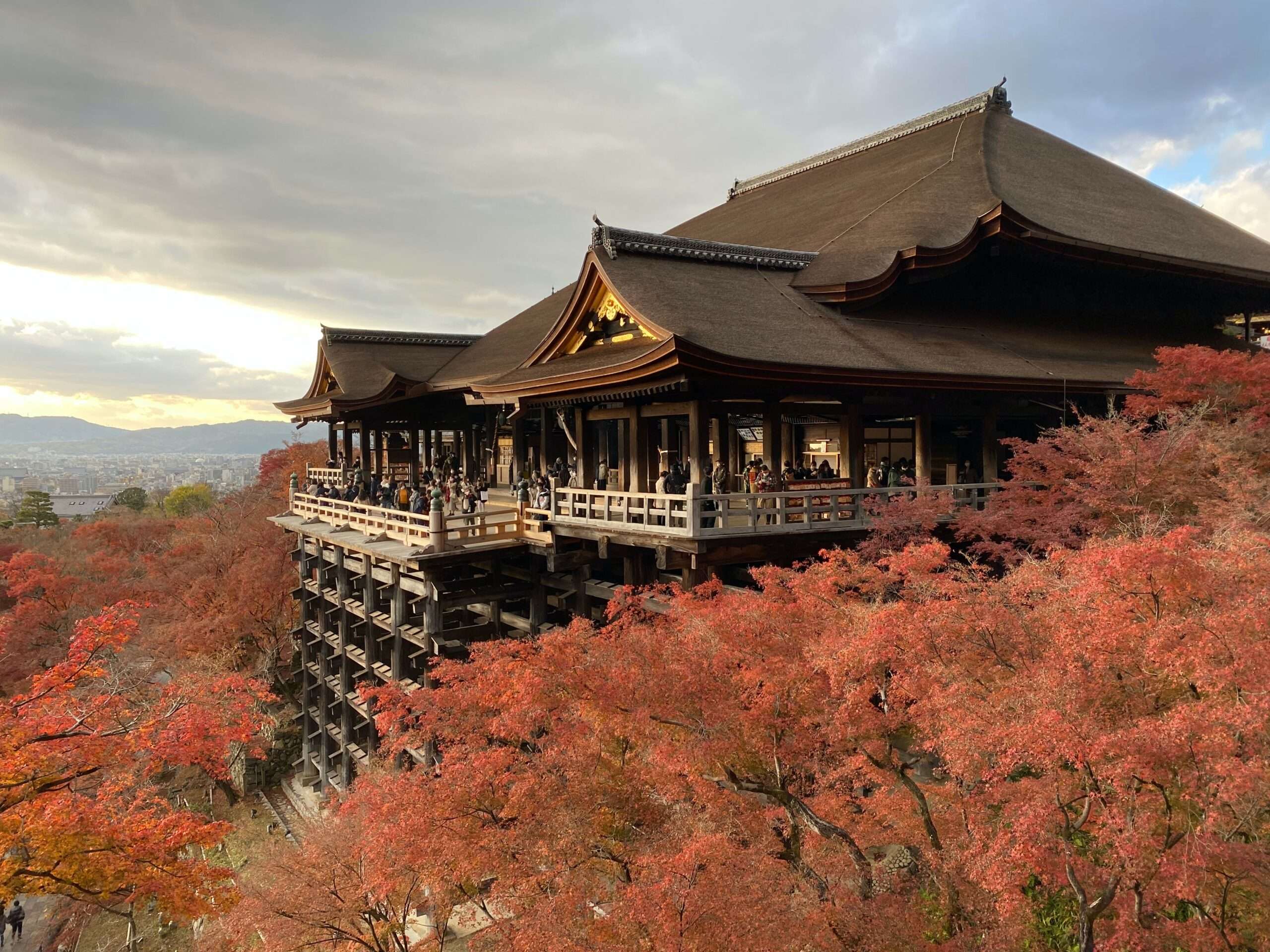




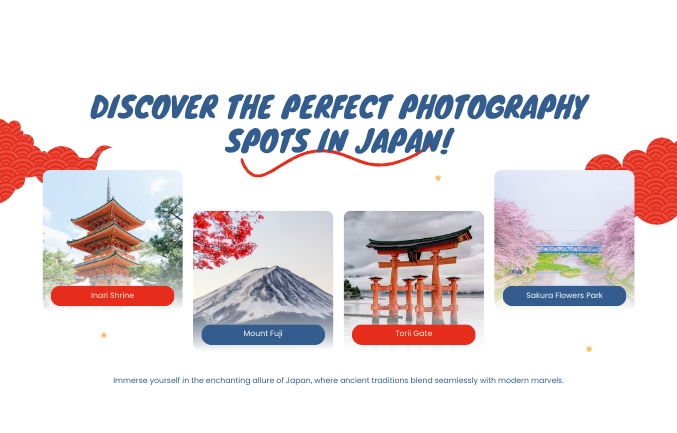




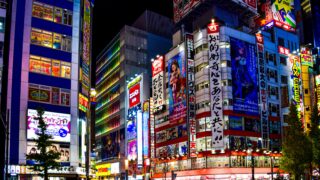
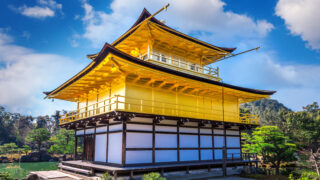

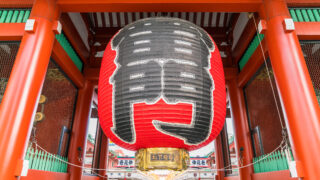
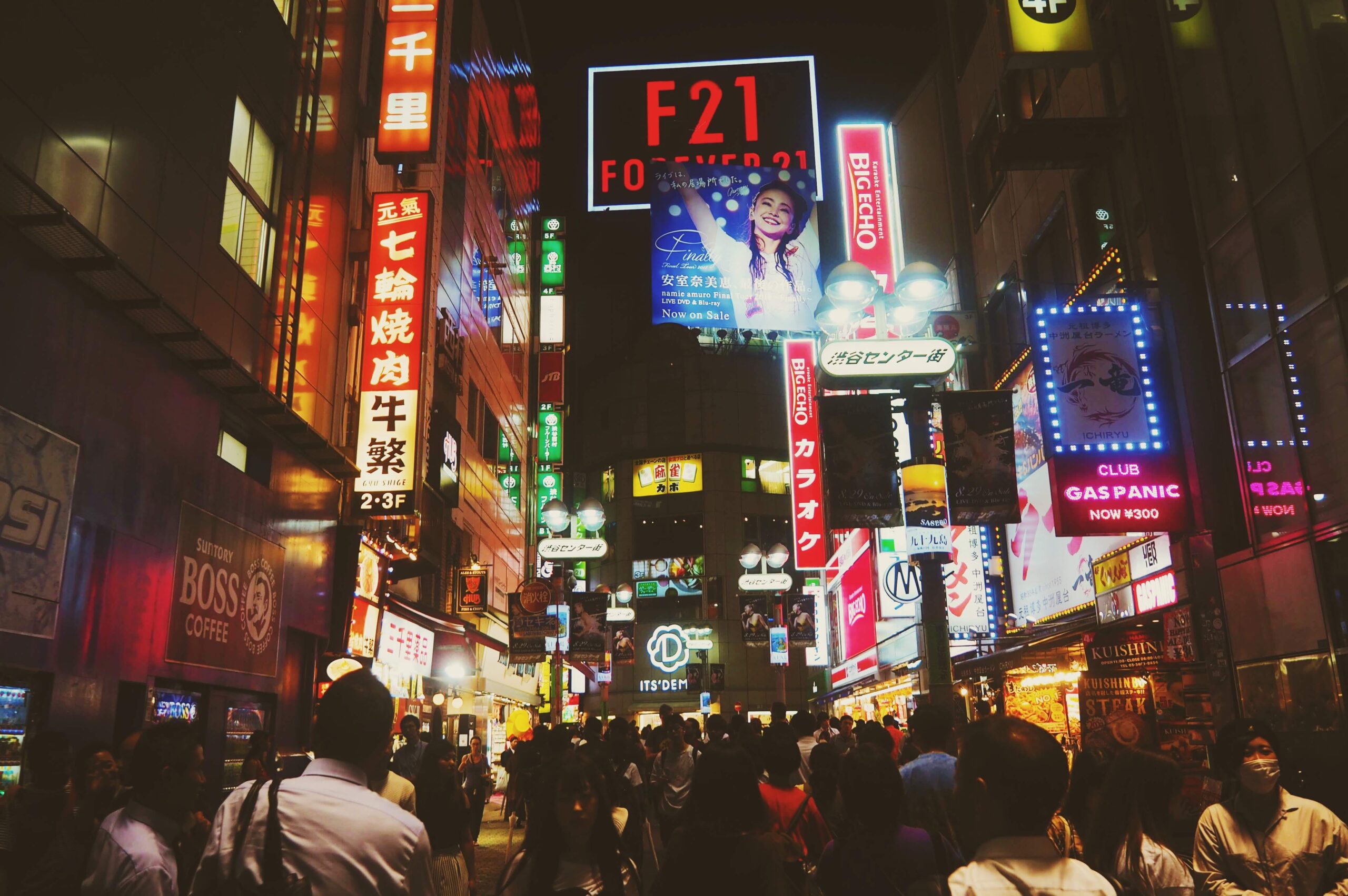
コメント